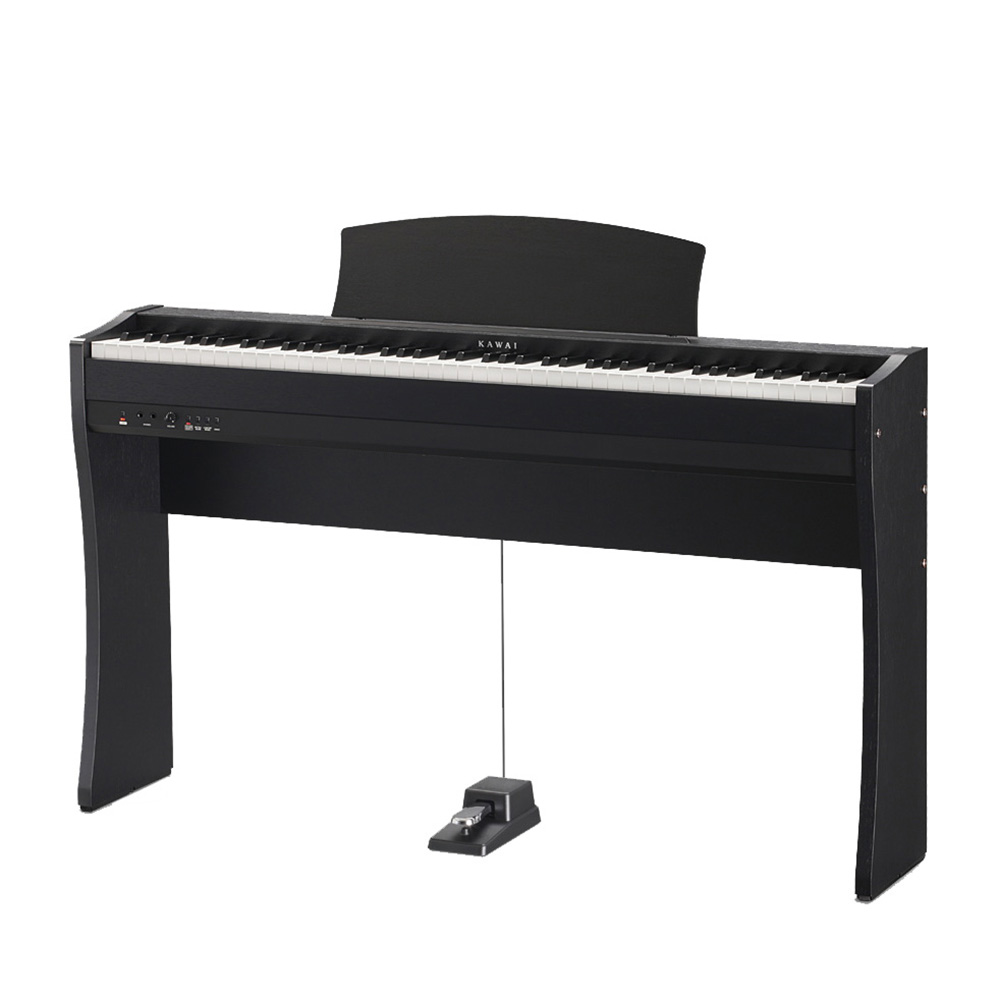1. Introduction
The Roland RP501R Digital Home Piano is a great choice for any musician looking to upgrade their piano playing experience. This digital piano offers an array of features and benefits that make it one of the best options for those who want an authentic and realistic piano sound. This article will explain what makes the Roland RP501R Digital Home Piano so special, as well as how to set it up and use it.
2. What is the Roland RP501R Digital Home Piano?
The Roland RP501R Digital Home Piano is a digital piano that offers a realistic, acoustic-like playing experience. It has 88 weighted keys and a selection of sounds and effects, making it perfect for both beginners and experienced players. It also has a built-in metronome, transpose function, and various connectivity options, making it ideal for recording or performing live.
3. Features of the Roland RP501R Digital Home Piano
The Roland RP501R Digital Home Piano has several features that make it stand out from other digital pianos. It has 88 weighted keys with an Ivory Feel-G key surface, allowing for a more authentic playing experience. It also has 128-note polyphony and over 500 onboard sounds, including pianos, organs, strings, and more. The piano also includes built-in effects such as reverb and chorus, as well as a transpose function that allows you to easily change the key of your music.
4. Benefits of the Roland RP501R Digital Home Piano
The Roland RP501R Digital Home Piano offers many benefits for its users. For starters, its weighted keys provide an authentic feel that closely resembles an acoustic piano. Its wide selection of sounds allows you to create unique musical pieces without having to purchase additional instruments or equipment. Additionally, its built-in metronome helps you stay on tempo while playing, while its transpose function allows you to play in any key without having to relearn any songs you already know.
5. How to Set Up and Use the Roland RP501R Digital Home Piano
Setting up and using the Roland RP501R Digital Home Piano is easy and straightforward. First, plug in the power cord into the back of the piano and then turn on the power switch located on the front panel. Then select your desired sound from the onboard selection by pressing one of the sound buttons located on the control panel or by using the dedicated sound selection knob on the left side of the piano’s body. Once you have chosen your desired sound, you can start playing by pressing down on any of the 88 keys located on the keyboard.
6. Different Modes Available on the Roland RP501R Digital Home Piano
The Roland RP501R Digital Home Piano offers several different modes that allow you to customize your playing experience even further. These modes include Dual Mode (which allows you to layer two different sounds together), Split Mode (which splits the keyboard into two sections with different sounds), Transpose Mode (which changes the pitch of all notes played), Metronome Mode (which helps you keep time while playing), and Recorder Mode (which allows you to record your performance).
7. Different Connectivity Options for the Roland RP501R Digital Home Piano
The Roland RP501R Digital Home Piano also has several connectivity options that allow you to connect it to external devices such as computers or audio interfaces for recording or performing live shows. The piano comes with standard MIDI connections as well as USB ports for connecting with computers or other compatible devices such as smartphones or tablets via Bluetooth technology. Additionally, there are two headphone jacks located on either side of the keyboard which allow for silent practice or recording sessions without disturbing anyone else nearby.
8. Accessories for the Roland RP501R Digital Home Piano
There are several accessories available for use with the Roland RP501R Digital Home Piano which can help enhance your playing experience even further. These include a sustain pedal which allows you to add longer notes when playing; a music stand which provides a place to store sheet music; headphones which allow for private practice sessions; and various cables which allow you to connect your piano with other devices such as computers or audio interfaces for recording purposes or live performances.
9 Pros and Cons of the Roland RP501R Digital Home Piano
The pros of owning a Roland RP501R Digital Home Piano include its realistic feel thanks to its weighted keys; its wide selection of sounds; its built-in metronome; its transpose function; its various connectivity options; and its various accessories which can help enhance your playing experience even further. The cons include its price tag which might be too expensive for some people; its lack of portability due to its size; and its lack of physical knobs/buttons which can make adjusting settings more difficult than with other digital pianos . 10 Where to Buy a Roland RP501R Digital Home Piano
The best place to buy a Roland RP501R Digital Home Piano is online through reputable retailers such as Amazon or Sweetwater Sound who offer competitive prices and excellent customer service support if needed after purchase . You can also find this digital home piano in some local music stores depending on availability .
< h2 > 11 Conclusion
In conclusion , if you are looking for an authentic acoustic-like playing experience , then look no further than the Roland RP 501 R digital home piano . With its 88 weighted keys , 128 – note polyphony , 500+ onboard sounds , built – in effects , transpose function , various connectivity options , accessories , pros , cons , and competitive prices , this digital home piano is sure to satisfy all your musical needs .

